Roof Coatings for Enhanced Roof Performance
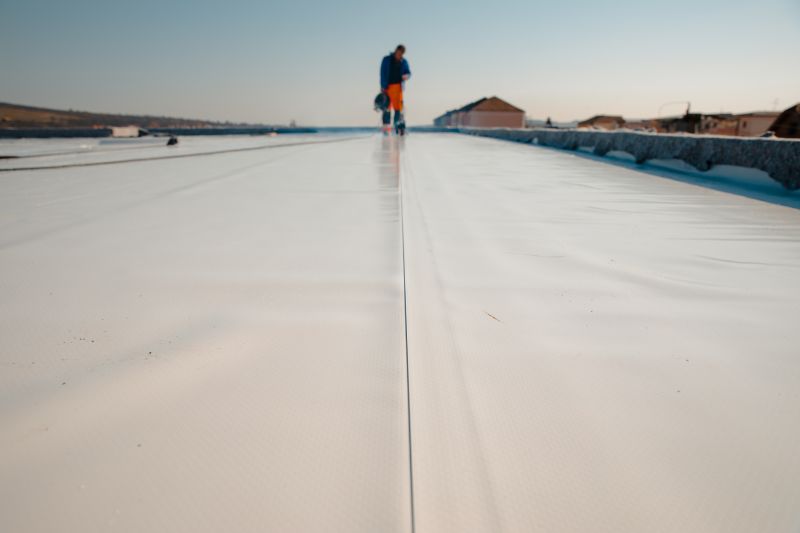
Spring offers moderate temperatures and lower humidity, ideal for applying roof coatings effectively.

Summer provides longer daylight hours, but high temperatures and humidity can affect adhesion and curing.
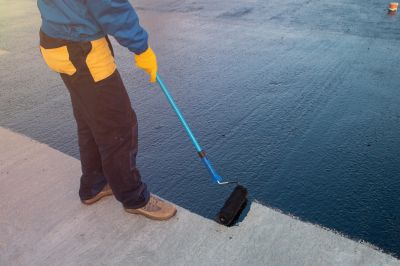
Fall's cooler temperatures and lower humidity create favorable conditions for roof coating application.
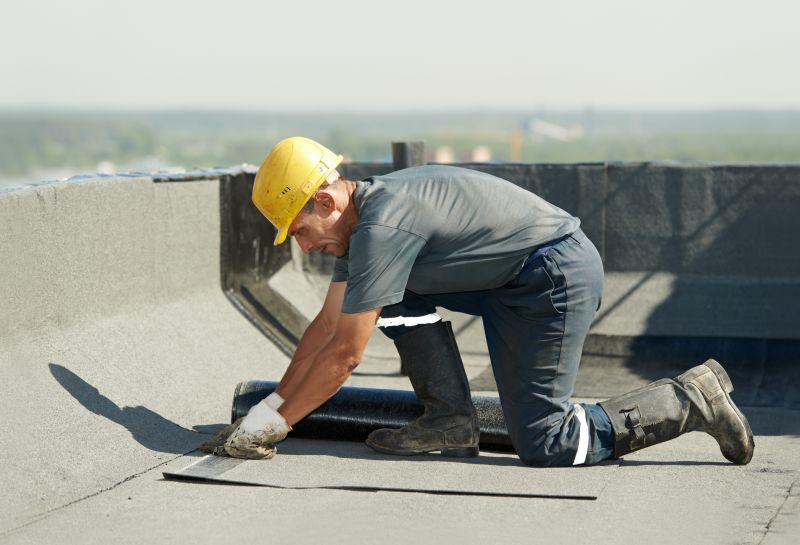
Ways to make Roof Coatings work in tight or awkward layouts.
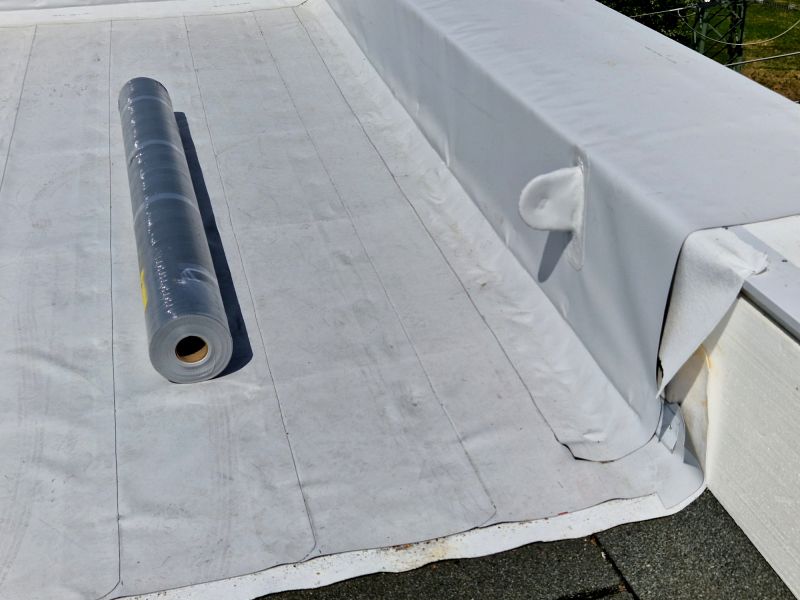
Popular materials for Roof Coatings and why they hold up over time.
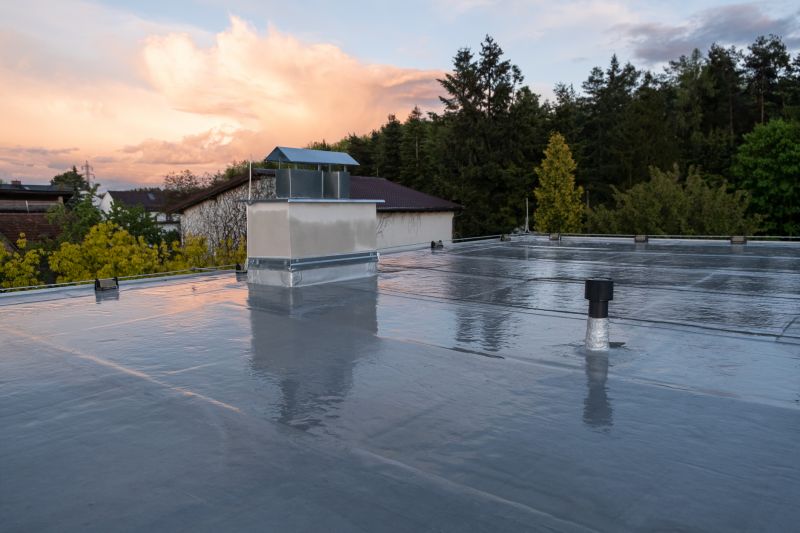
Simple add-ons that improve Roof Coatings without blowing the budget.
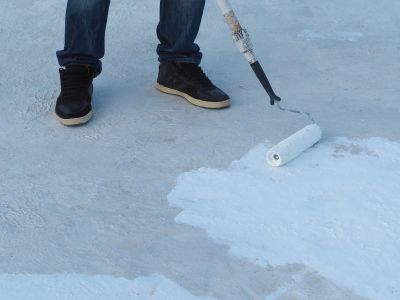
High-end options that actually feel worth it for Roof Coatings.
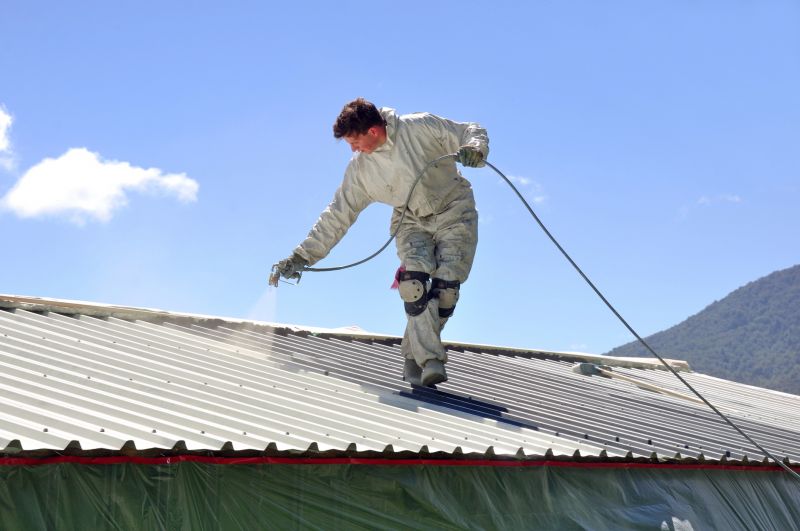
Finishes and colors that play nicely with Roof Coatings.
Roof coatings are protective layers applied to roofing surfaces to extend their lifespan, improve reflectivity, and enhance energy efficiency. They are typically composed of acrylic, silicone, or elastomeric materials, each offering specific benefits depending on climate and roof type. Proper application of roof coatings can reduce energy costs by reflecting solar heat and preventing water infiltration. Additionally, roof coatings can help mitigate the effects of weathering, UV exposure, and thermal expansion.
Enhance roof durability, reduce energy costs, and protect against weather damage.
Optimal application occurs when temperatures are between 50°F and 85°F with low humidity.
Avoid applying roof coatings during rainy or extremely hot days to ensure proper curing.
Clean the roof surface thoroughly and repair any damage prior to application.

Proper weather conditions ensure optimal adhesion and durability.
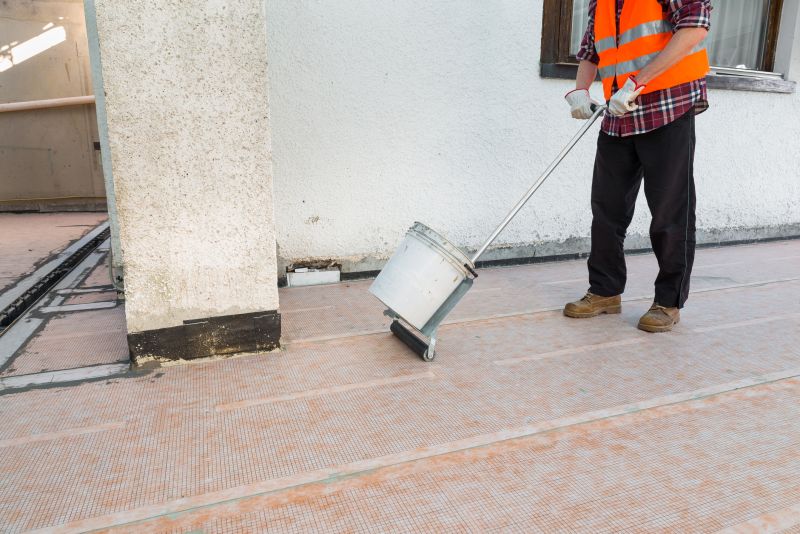
A professional application can maximize the benefits of the coating.
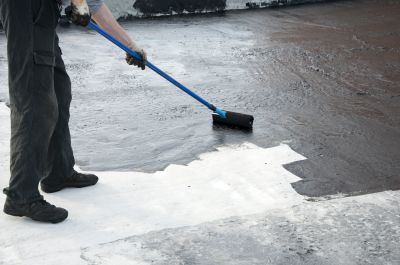
A well-applied coating provides a seamless protective layer.

Inspection of coating application highlights quality and coverage.

Little measurements that prevent headaches on Roof Coatings day.
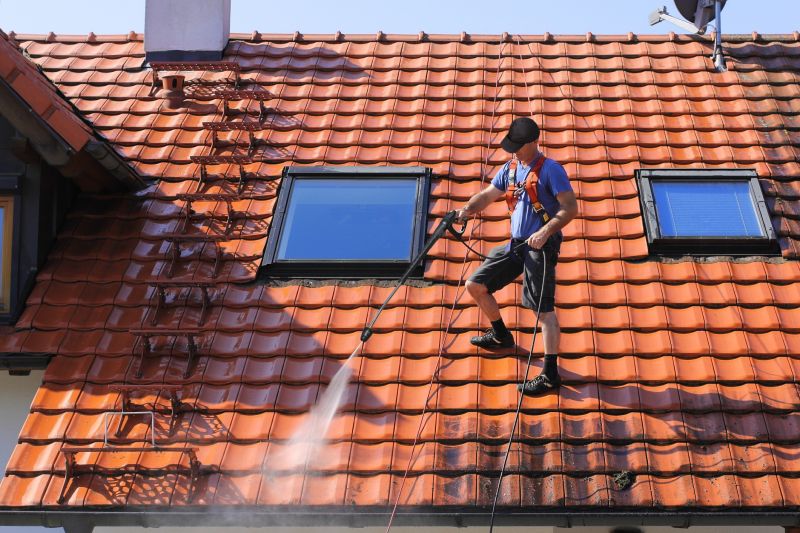
A 60-second routine that keeps Roof Coatings looking new.
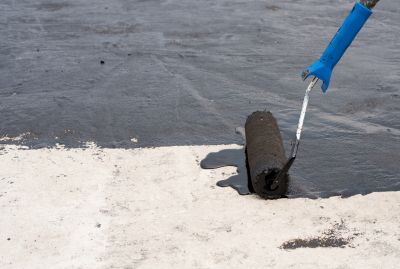
A frequent mistake in Roof Coatings and how to dodge it.
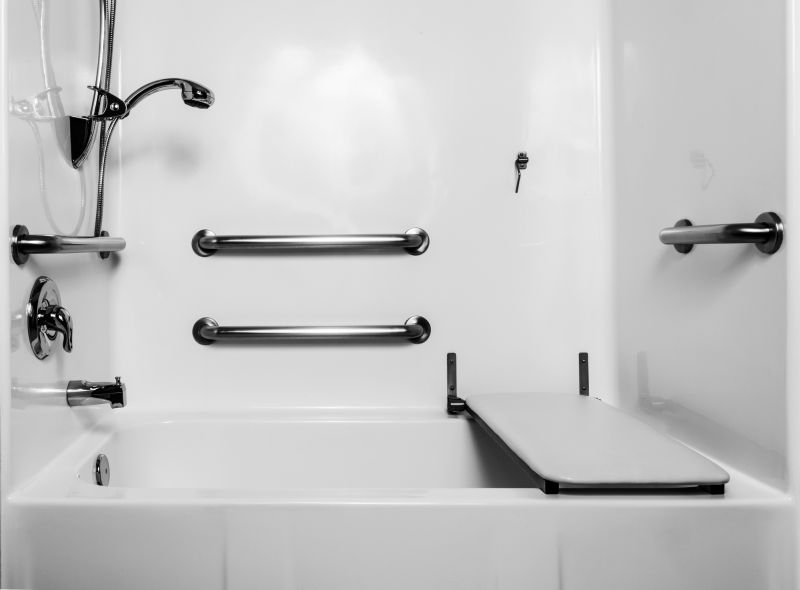
Small tweaks to make Roof Coatings safer and easier to use.
| Season | Optimal Conditions |
|---|---|
| Spring | Temperatures between 50°F and 75°F, low humidity |
| Summer | Temperatures between 70°F and 85°F, avoid peak heat hours |
| Fall | Cooler temperatures, low humidity |
| Winter | Not recommended during freezing temperatures or snow |
| Rainy Days | Avoid due to moisture interference |
| High Humidity | Avoid to prevent coating failure |
| Extreme Heat | Avoid during peak daytime temperatures |
